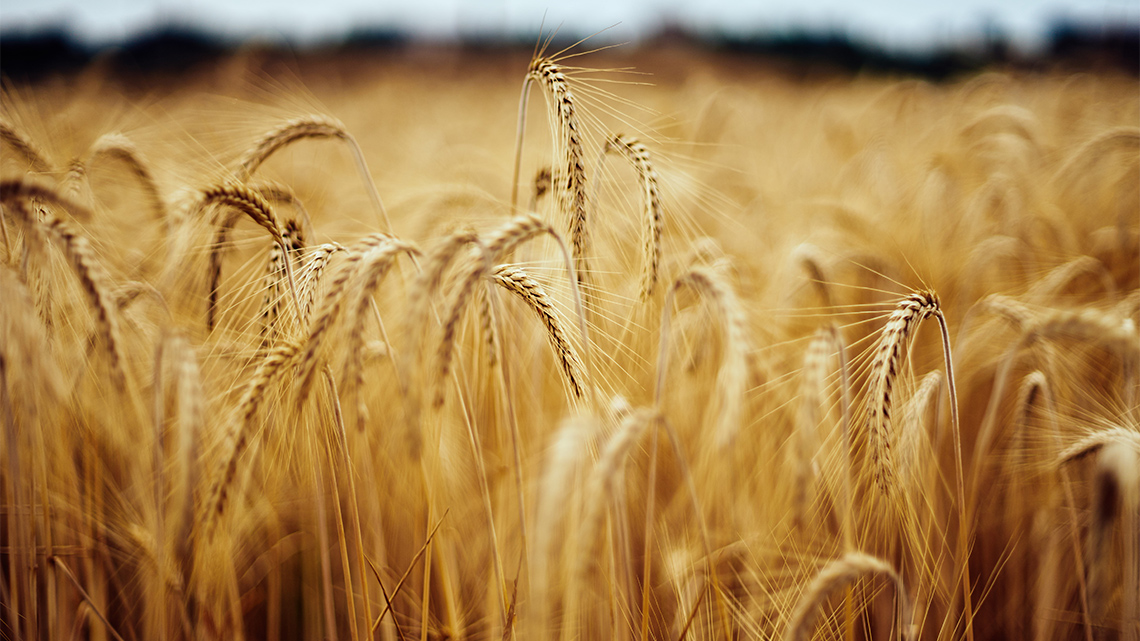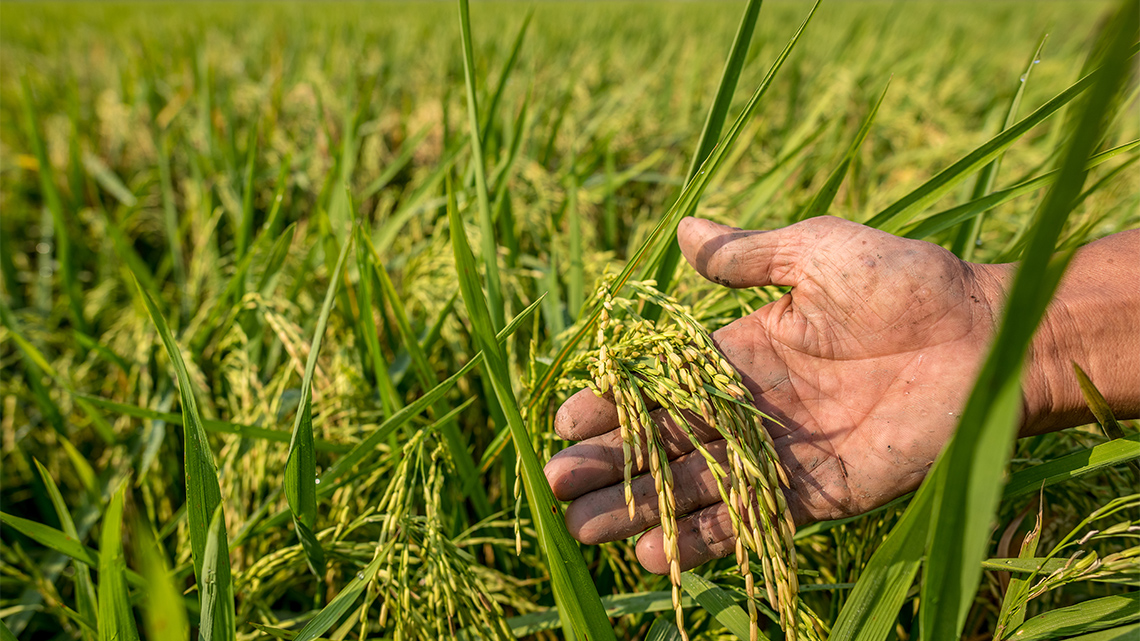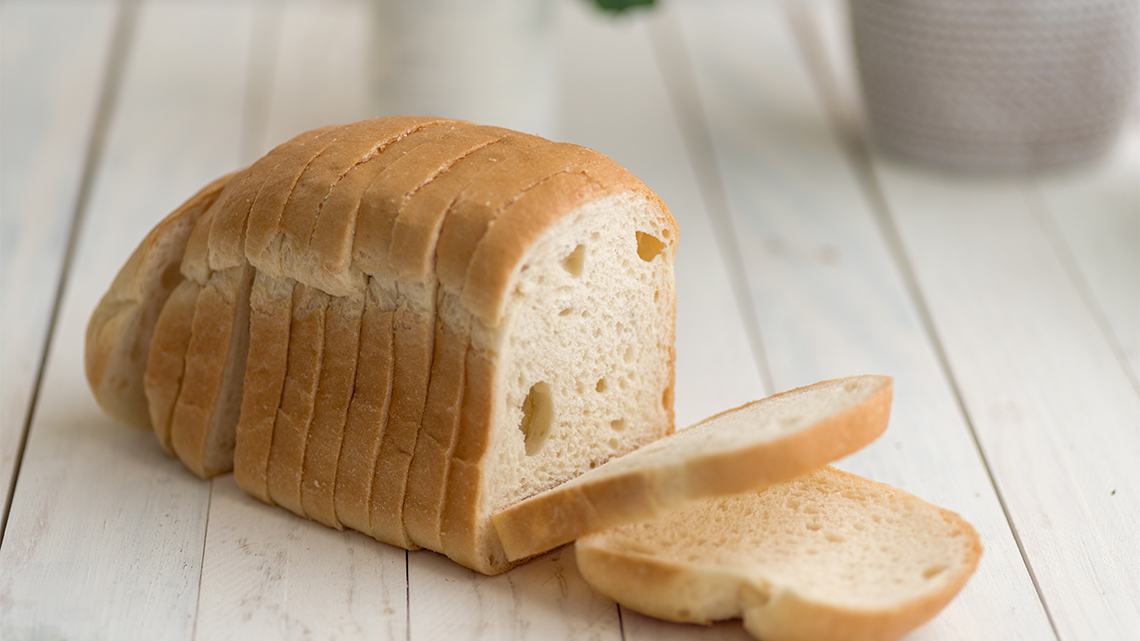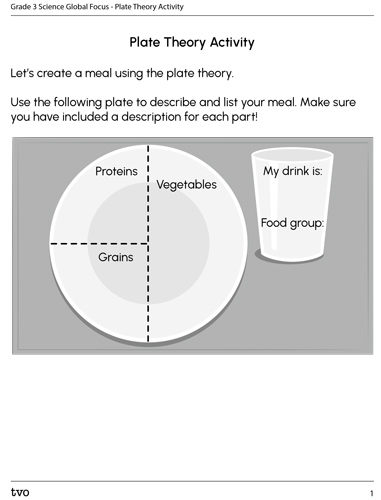Minds On
Three important plants
Putting food energy into our bodies is an important part of staying healthy.
The variety of foods that we eat is enormous; there are about 200,000 diverse species of plants that can provide the energy people need.
That’s a lot of plants!
Did You Know?
Did you know?
Did you know that humans consume only about 200 different species of plants and that more than half of the calories we eat come from just three plants (Warren, 2016)?
Let’s explore the following images and descriptions to learn more about these famous plants!
It may be hard to believe that these three plants are responsible for so much of human diets around the world!
Brainstorm
Brainstorm
Let’s brainstorm examples of snacks or different food items that might come from one of the three plants we previously explored (wheat, corn, and rice).
Record your ideas in a notebook or another method of your choice.
When you’re ready, press ‘Let’s Check!’ to access some possible answers.
- Food items made from wheat are cereal, pasta noodles, bread, cookies, couscous, etc.
- Food items made from corn/maize are chips, oil used in sauces and salad dressings, chewing gum, etc.
- Food items made from rice are gluten-free forms of flour, cooking oil, rice cakes, vinegar, etc.
Action
Where does food come from?
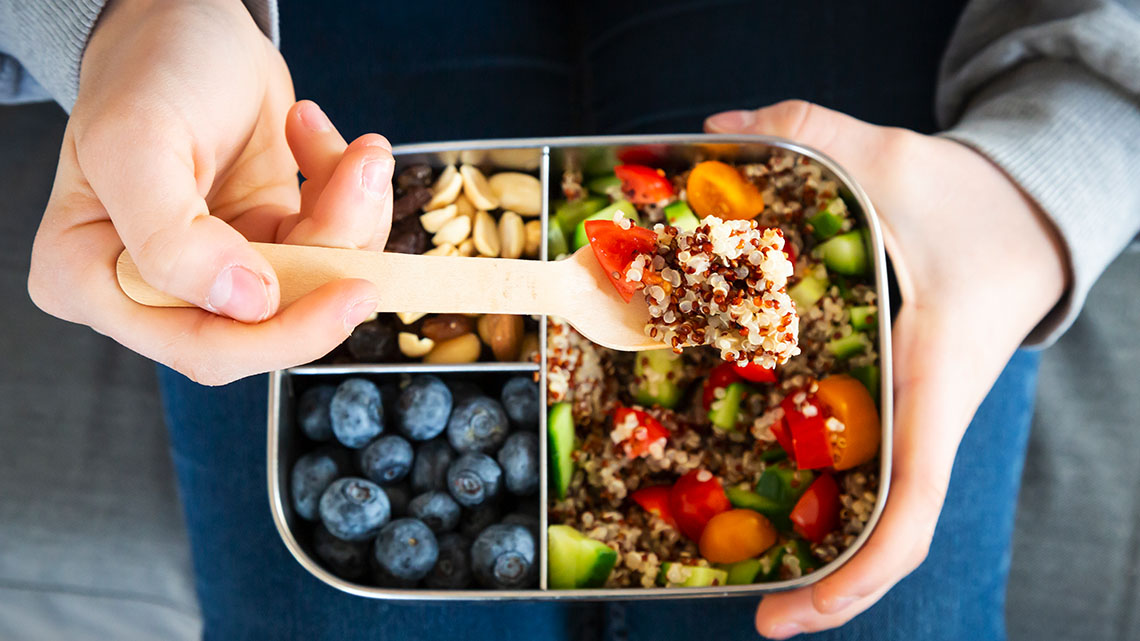
Have you ever stopped to consider what certain snack foods are made from?
There are several ways to find out what went into making the foods we love to eat.
- We can examine food labels or find a recipe that lists all the ingredients needed to make that item.
- Then, we can try to figure out how many ingredients came from plants.
Check out the following images of bread (which is made from the wheat plant), and the bread packaging to examine the bread’s main ingredients.
Then, if possible, examine bread packaging in print or digitally to find out the main ingredients.
What ingredients did you notice?
Press ‘Let’s Check!’ to access a few ingredients.
You may have noticed flour, sugar, and/or vegetable oil, which are all plant-based products.
Plants for food
Access the following video entitled “Where Does Food Come From?” to learn more about where food comes from.
Learning check!
After exploring the video, match the following food items to the plant they come from.
Growing plants
Now that we recognize some foods that come from plants, it’s time to learn where in the world those plants come from!
Explore the following video entitled “Where Does Food Come From?” to learn more about the location of certain plants.
Pause and Reflect
Pause and reflect
Using what you’ve learned throughout this learning activity, respond to the following questions:
- Why do you think that diverse fruits and vegetables come from diverse areas around the world?
- Why are gardens being developed on a rooftop?
- What is one benefit (a positive or good thing) about getting fruit or vegetables from a garden that is close to you?
Record your ideas in a notebook or another method of your choice.
Press ‘Let’s Check!’ to access possible answers.
Why do you think that diverse fruits and vegetables come from diverse areas around the world?
- Fruits and vegetables need certain weather and climate conditions to grow. Some need warmer climates with lots of sun, and others need climates that get a lot of rain. Different climates exist all over the world and people grow fruits and vegetables in their climate and then send them to diverse parts of the world.
Why are gardens being developed on a rooftop?
- Gardens are being developed on a rooftop because as cities are built, there is less farmland to use. They chose the part of buildings that people don’t use to create more farmland. It also makes sense since rooftops are close to the sun which most plants need to grow.
What is one benefit (a positive or good thing) about getting fruit or vegetables from a garden that is close to you?
- One good thing is that it doesn’t have to travel far, so it’s as fresh as it can be when you get it, making it full of flavour and less likely to spoil or go bad.
United Nations and zero hunger
When examining how the world’s food supply is developed from plants, it is important to consider how people are currently addressing food shortages and hunger.
Connecting to the world
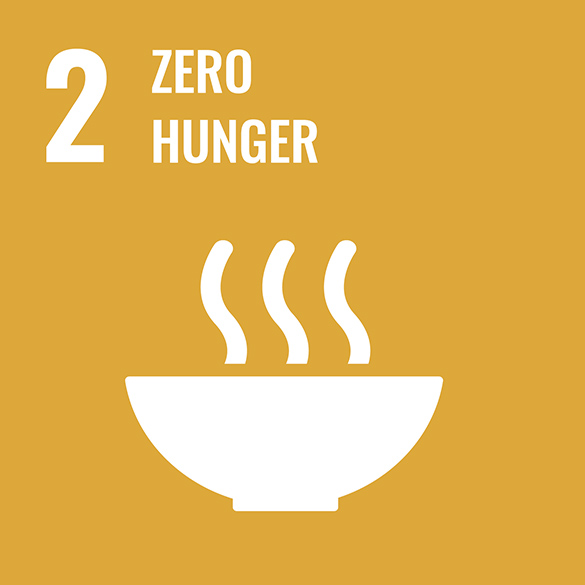
The United Nations (UN) is a group of many countries from around the world that have come together to create a better future for people and the environment. They have created 17 goals called the Sustainable Development Goals.
This learning activity is connected to Goal #2 which is called Zero Hunger. This means that everyone should have access to safe and nutritious food. Nutritious food helps someone grow and gives them energy.
Using plants for food is one way that people all over the world can help each other access safe and nutritious food.
This goal is to help communities produce and manage crops in various ways that are sustainable.
This means that they could continue to grow crops regardless of weather conditions or the climate. We explored rooftop gardens, which is an example of sustainable farming that supports local communities.
Canada’s food guide
Canada’s Food Guide recommends which foods and how much of those foods should be consumed on a daily basis to meet nutritional needs.
For a typical meal, it is suggested to include fruits, vegetables, proteins, and grains.
Fruits and vegetables should make up half the plate. Protein should make up one quarter of the plate. Grains should make up another quarter of the plate. This is known as the plate theory, as it helps people decide what to include on their plate!
Explore the following video entitled “New Canadian Food Guide” to learn more about Canada’s food guide.

A plate of different foods. Half of the plate has fruits and vegetables. A quarter of the plate has different kinds of proteins, including an egg, tofu, steak, and beans. The last quarter of the plate has different kinds of grains, including bread, rice, and spaghetti.
Consider what you learned in the previous video.
Select the correct answer, then press ‘Check Answer’ to see how you did.
Create a meal
Now that you have a little more information about the guide, let’s share what you have learned, by creating a meal using the plate theory. Be sure to use the Canada’s Food Guide to help you!
Complete the Plate Theory Activity in your notebook or using the following fillable and printable document. If you would like, you can use speech-to-text or audio recording tools to record your thoughts.
Consolidation
Plants and food

What have you learned about the role that plants play in the foods we eat?
Use one specific example from the learning activity.
You can create any of the following to share what you’ve learnt:
- a video
- an audio recording
- a detailed written or digital description
- a drawing with descriptive labels
Press ‘Hint’ to access a few ideas.
You can create something that you can teach to other learners. You may focus on Canada’s food guide, and how they can build a plate that will meet their nutritional needs.
Be sure to include specific food examples.
Use the following checklist to make sure you have included everything you need!
Did I…?
Reflection
How do you feel about what you have learned in this activity? Which of the next four sentences best matches how you are feeling about your learning? Press the button that is beside this sentence.
I feel…
Now, record your ideas about your feelings using a voice recorder, speech-to-text, or writing tool.
